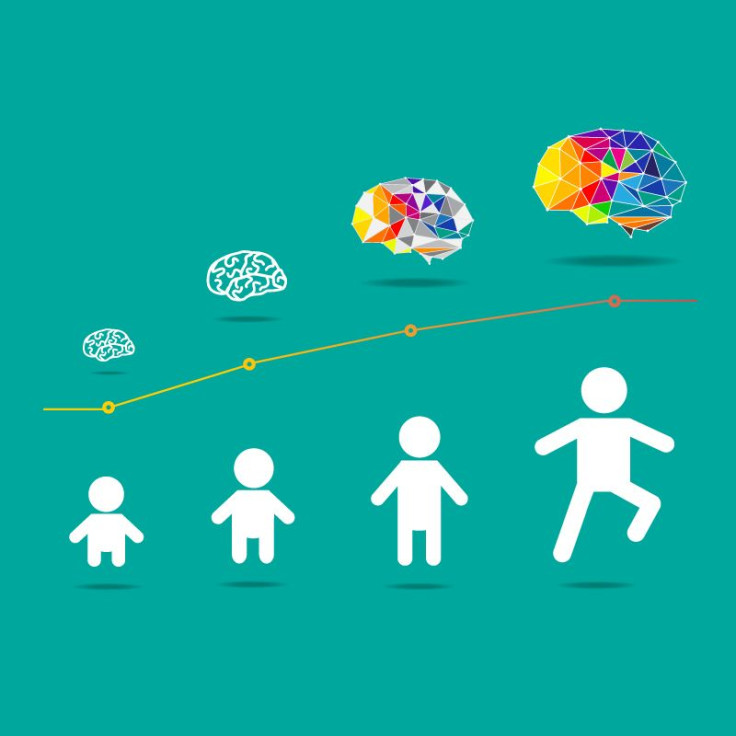Child's Brain Development Depends On Mom And Dad's Education Level, Income

Money isn’t everything, but it may have the power to give a child an advantage in the classroom. Researchers from the Saban Research Institute of Children's Hospital Los Angeles, Columbia University Medical Center, along with seven other universities across the country have colloborated to introduce a new link between socioeconomic factors and a child’s brain development. The largest study of its kind, published in the journal Nature Neuroscience, revealed Mom and Dad’s income and education play a role in how large a child’s brain is, but it is their bank account that has the biggest effect on their child's cognitive function.
"While in no way implying that a child's socioeconomic circumstances lead to immutable changes in brain development or cognition, our data suggest that wider access to resources likely afforded by the more affluent may lead to differences in a child's brain structure," the study’s coauthor Elizabeth Sowell, director of the Developmental Cognitive Neuroimaging Laboratory, said in a press release. "Family income is linked to factors such as nutrition, health care, schools, play areas and, sometimes, air quality. “Future research may address the question of whether changing a child's environment — for instance, through social policies aimed at reducing family poverty — could change the trajectory of brain development and cognition for the better."
Researchers measured the size of 1,099 children and adolescents’ brains, between the ages of 3 and 20 years old, with magnetic resonance imaging (MRI) scans. After recording the surface area of their brain, they compared the size to their parent’s education, age, and ancestry. Mom and Dad’s income level and education levels had the strongest influence on a child’s brain size, although income had the biggest impact of them all. Every environmental factor affects a developing brain in some way, shape, or form, Sowell added. Children from higher income families showed incremental increases in brain size, which is associated with better cognitive performance in school.
"Specifically, among children from the lowest income families, small differences in income were associated with relatively large differences in surface area in a number of regions of the brain associated with skills important for academic success," the study’s lead author Dr. Kimberly G. Noble, an assistant professor of pediatrics and director of the Neurocognition, Early Experience and Development (NEED) Lab of Columbia University Medical Center, said in a press release.
A study published in 2012 found a similar link between how a parent’s socioeconomic status affects their child’s brain. The higher a parent’s income, the larger their child’s hippocampal region developed in their brain. The hippocampus is a seahorse-shaped region responsible for memory function and learning. The higher a parent’s education level, the smaller their child’s amygdala was, which is a region involved in processing stress. While a child's disadvantageous situation, such as parents with low income and education levels, has a direct correlation to their brain development and function, it does not mean those children are burdened with brain deficiencies.
“We know that providing children with cognitive stimulation and emotional warmth are important: talking to children, bringing them to the library, being warm and nurturing,” Noble, who also led this study with Sowell three years ago, told The Washington Post. “You can provide cognitive stimulation in the absence of high income.”
Source: Noble KG, Sowell E, Houseton SM, Brito NH, Bartsch H, Kan E, eta l. Family income, parental education and brain structure in children and adolescents. Nature Neuroscience. 2015.



























